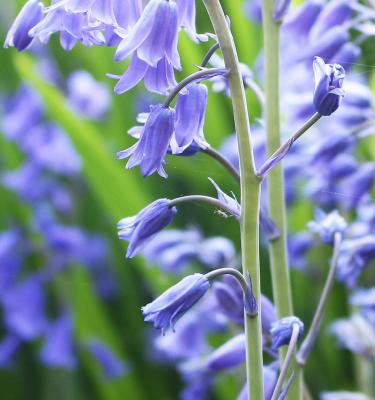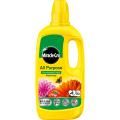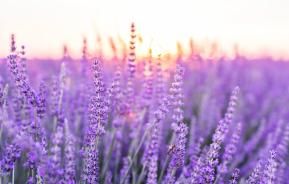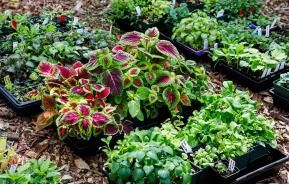Carpets of bluebell flowers in woodlands are one of the most glorious sights of the British spring landscape - but bluebells are also wonderful plants for gardens. They’re easy to grow. In fact, bluebells grow so readily and spread so quickly they can become too widespread if left to self seed.
Over the years, the poor bluebell has been given numerous different botanical names, including Endymion and Scilla, but is now regarded as Hyacinthoides.
The Spanish bluebell, Hyacinthoides hispanica, is even more vigorous than the British bluebell, and sadly hybrids between the two are causing the decline of the British bluebell both in the wild and in gardens. So, give them a helping hand and plant the British bluebell at home.
How to grow bluebells
Cultivation
Bluebells grow well in either sun or partial shade, but do better out of direct, strong sunlight. They prefer a humus-rich, moist, but well-drained soil that doesn’t dry out in summer.
Bluebell varieties

Hyacinthoides non-scripta is the common blue-flowered bluebell, but a few other varieties are also available; Alba has white flowers and Rosea has pink ones.
Planting bluebells
Bluebells are best planted in shady areas – around trees or underneath shrubs – where the cool conditions intensify the flower colour.
Plant the bluebell bulbs 7.5cm (3in) deep, 10-15cm (4-6in) apart in autumn in well-prepared soil with lots of added bulky organic matter dug in. This will help prevent the soil drying out in summer. Potted bulbs are also available in spring.
Suggested planting locations and garden types
Flower borders and beds, patios, containers, city and courtyard gardens, cottage and informal gardens, wildflower gardens, naturalising.
How to care for bluebells
Once planted, hyacinths can be more-or-less left to their own devices. They rarely need watering when growing in the ground, unless the soil dries out during prolonged dry periods in summer.
Give them a light feed with a granular general plant food after flowering. Watering with a liquid plant food after flowering and until the foliage starts to die down will help build up their strength and size for the following year’s flowering.
Allow the foliage to die down naturally after flowering. It is a good idea to remove the faded flower spikes before they set seed to prevent the plants self-seeding and spreading where they aren’t wanted.
Bluebells are rarely troubled by any pests or diseases.
| Flowering season(s) | Spring |
|---|---|
| Foliage season(s) | Spring, Summer |
| Sunlight | Partial shade |
| Soil type | Chalky, Clay, Loamy, Sandy |
| Soil pH | Neutral |
| Soil moisture | Moist but well-drained |
| Ultimate height | 30cm (12in) |
| Ultimate spread | 30cm (12in) |
| Time to ultimate height | 3-4 months |









